The world of currency printing is a fascinating blend of artistry, precision, and advanced security measures. In this comprehensive guide, we will take you on a journey through the intricate process of printing currency. From the design concept to the final production, we will unveil the secrets behind creating the banknotes we use in our daily lives.
I. Evolution of Currency Printing
From Barter to Paper Money:
Currency has evolved over centuries, starting from a barter system where goods were exchanged for other goods. As trade expanded, people began using various forms of currency, such as shells, beads, and metal coins. Eventually, the concept of paper money emerged, replacing the need for carrying heavy and cumbersome metal coins.
The Emergence of Paper Currency:
Paper money, also known as banknotes, gained popularity for its convenience and ease of use. Initially, banknotes were handwritten or printed using crude methods. However, as the demand for paper money increased, more sophisticated printing techniques were developed.
Early Currency Printing Techniques:
Early currency printing involved methods such as woodblock printing and the use of movable type. Woodblock printing used hand-carved wooden blocks to create impressions on paper, while movable type involved arranging individual metal or wooden blocks with raised characters for printing.
II. Designing the Banknotes
Elements of Currency Design:
Currency design is a meticulous process that combines aesthetic appeal with functional elements. Various components contribute to the overall design of banknotes, including portraits of prominent figures, symbols representing the country’s heritage, intricate background patterns, and important security features.
Portraits and Prominent Figures:
Banknotes often feature the portraits of influential individuals, such as political leaders, national heroes, or historical figures. These portraits serve as a representation of the country’s heritage and contribute to the banknote’s cultural significance.
Symbols and National Emblems:
Symbols and national emblems play a crucial role in currency design. They can include national flags, coats of arms, iconic landmarks, or other elements that represent the country’s identity and values.
Intricate Background Patterns:
Elaborate background patterns add complexity and beauty to banknote designs. These patterns can be inspired by traditional motifs, historical art, or unique designs that provide an additional layer of security.
Serial Numbers and Signatures:
Serial numbers are unique combinations of numbers and letters assigned to each banknote for sale, enabling better tracking and authentication. Signatures of prominent officials, such as the finance minister or central bank governor, add an extra layer of authenticity to the banknotes.
Security Features and Anti-Counterfeiting Measures
Watermarks and Security Threads:
Watermarks are translucent images or patterns embedded in the paper during the manufacturing process. They become visible when held up to light and are difficult to reproduce, serving as a key security feature. Security threads, thin strips embedded within the banknote, can be seen when held up to light and often contain microprinting or other security elements.
Holograms and Color-Shifting Ink:
Holograms are three-dimensional images or patterns that provide a high level of security against counterfeiting. They are created using specialized printing techniques and can be seen from different angles. Color-shifting ink is another security feature that changes color when viewed from different angles, making it difficult to replicate.
Microprinting and Guilloche Patterns:
Microprinting involves printing tiny text or patterns that are difficult to replicate without high-resolution printing technology. Guilloche patterns are intricate, repetitive designs created using precise lines or curves, adding a layer of complexity and security.
Ultraviolet and Infrared Features:
Ultraviolet (UV) and infrared (IR) features are invisible to the naked eye but can be detected using UV or IR light sources. These features include fluorescent inks, hidden images, or markings that glow or become visible under specific lighting conditions. UV and IR features aid in authentication and make counterfeiting more challenging.
The Printing Process
Intaglio Printing Method:
Intaglio printing is a meticulous and time-consuming process that involves engraving the design onto metal plates. The recessed areas are filled with ink, and excess ink is wiped off the surface. When the plate is pressed onto the paper, the ink is transferred, resulting in raised ink on the banknote. This method creates a distinctive tactile feel and enhances security.
Offset Printing Method:
The offset printing method is a high-speed process commonly used for banknote production. It involves transferring ink from plates to a rubber blanket and then onto the banknote paper. This indirect transfer method allows for precise and consistent printing, especially for intricate designs and fine details.
Letterpress Printing Method:
The letterpress printing method utilizes raised surfaces to create a three-dimensional effect on banknotes. The ink is applied to the raised areas, and when pressed onto the paper, the ink is transferred, leaving a distinct impression. This method is often used for tactile elements or specific security features.
Combination Printing Techniques:
Modern currency printing often combines multiple printing techniques to achieve complex designs and enhance security. Different sections of the banknote may be printed using various methods, such as intaglio, offset, or letterpress, depending on the requirements of the design and the desired security features.
Quality Control and Inspection
Automated Inspection Systems:
Currency printing facilities utilize automated inspection systems to detect any printing errors, such as smudges, misalignments, or missing elements. These systems use advanced technology, including optical sensors and image recognition, to ensure the highest quality standards are met.
Human Verification and Authentication:
Human verification is an essential step in the currency printing process. Highly trained experts meticulously inspect each banknote to ensure it meets the specified standards. They verify the design, security features, and overall quality, ensuring that only flawless banknotes proceed to circulation.
Rejecting and Destroying Defective Notes:
During the quality control process, any banknotes that do not meet the stringent standards are rejected and destroyed. This ensures that only the highest quality banknotes enter circulation, maintaining the integrity and trustworthiness of the currency.
Currency Distribution and Circulation
Printing Facilities and Security Measures:
Currency printing facilities are heavily secured environments, employing strict access controls, surveillance systems, and other measures to prevent unauthorized access. Only authorized personnel are allowed in designated areas to ensure the integrity of the currency production process.
Distribution to Banks and Financial Institutions:
After the printing process, the newly printed banknotes are securely transported to banks and financial institutions. These institutions carefully handle the currency and distribute it to meet the demand of the economy, ensuring a smooth flow of money within the country.
Monitoring Circulation and Replacing Worn-out Currency:
Central banks and financial institutions monitor the circulation of currency to identify worn-out or damaged banknotes. These banknotes are gradually withdrawn from circulation and replaced with new ones to maintain the integrity and usability of the currency.
Conclusion:
The currency printing process is a complex and meticulous endeavor that combines artistry, technology, and stringent security measures. From the early forms of currency to the sophisticated banknotes we have today, the process has evolved to ensure the integrity and authenticity of our money. Next time you hold a banknote, take a moment to appreciate the craftsmanship and dedication that goes into creating these tangible representations of value.

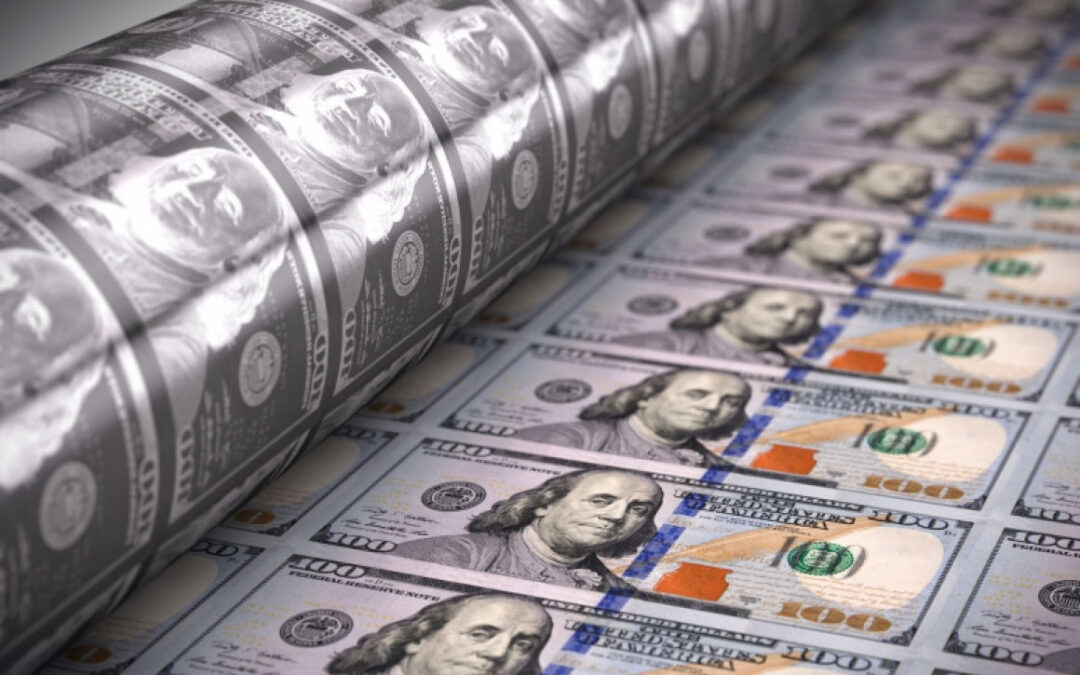
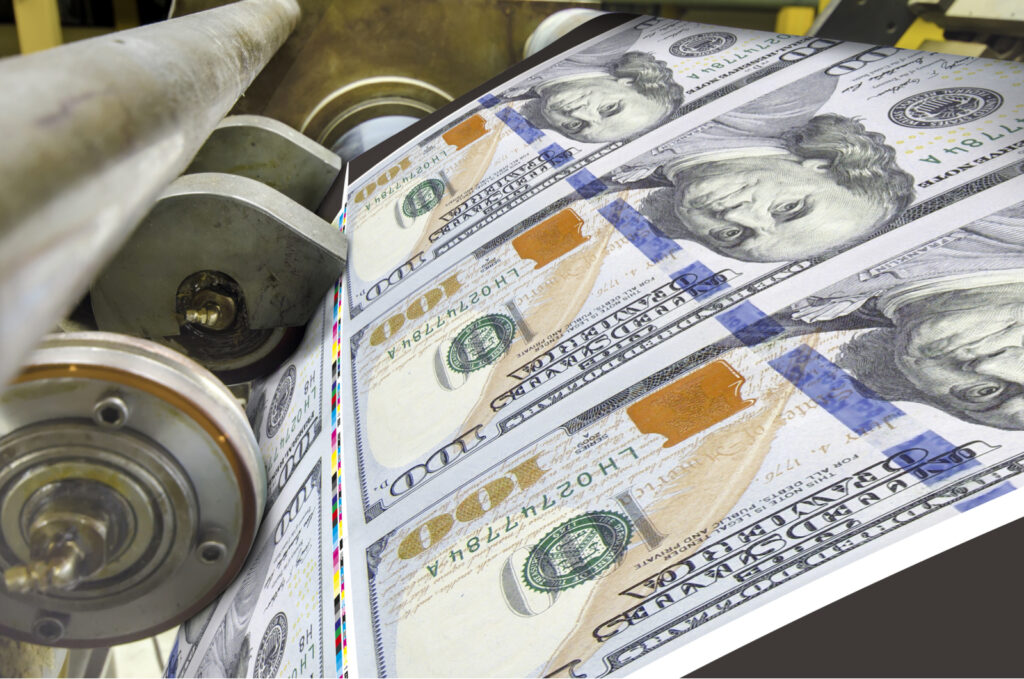

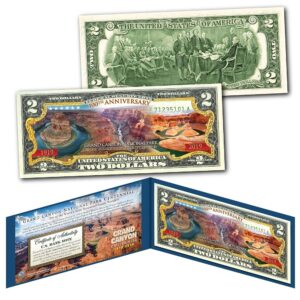




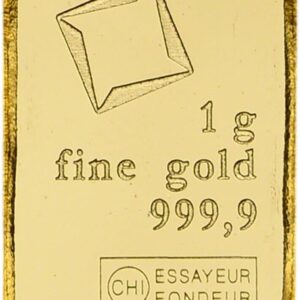

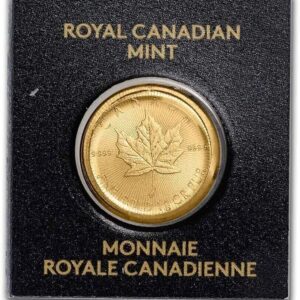

Good day! Do you use Twitter? I’d like to follow you if that would be okay. I’m undoubtedly enjoying your blog and look forward to new updates.
Can you be more specific about the content of your article? After reading it, I still have some doubts. Hope you can help me.
Thank you for your sharing. I am worried that I lack creative ideas. It is your article that makes me full of hope. Thank you. But, I have a question, can you help me?
I like this blog very much, Its a really nice position to read and find information.
I couldn’t resist commenting
I went over this web site and I believe you have a lot of good information, saved to bookmarks (:.
Your point of view caught my eye and was very interesting. Thanks. I have a question for you.
There is clearly a bundle to know about this. I believe you made some nice points in features also.
fantastic points altogether, you just gained a brand new reader. What would you suggest about your post that you made some days ago? Any positive?
Your point of view caught my eye and was very interesting. Thanks. I have a question for you.
Wow! Thank you! I always needed to write on my website something like that. Can I take a fragment of your post to my website?
Your article helped me a lot, is there any more related content? Thanks!
I’ve been surfing on-line greater than 3 hours nowadays, but I never discovered any fascinating article like yours. It¦s lovely price sufficient for me. Personally, if all web owners and bloggers made excellent content material as you probably did, the internet will probably be a lot more useful than ever before.
Thank you for your sharing. I am worried that I lack creative ideas. It is your article that makes me full of hope. Thank you. But, I have a question, can you help me?